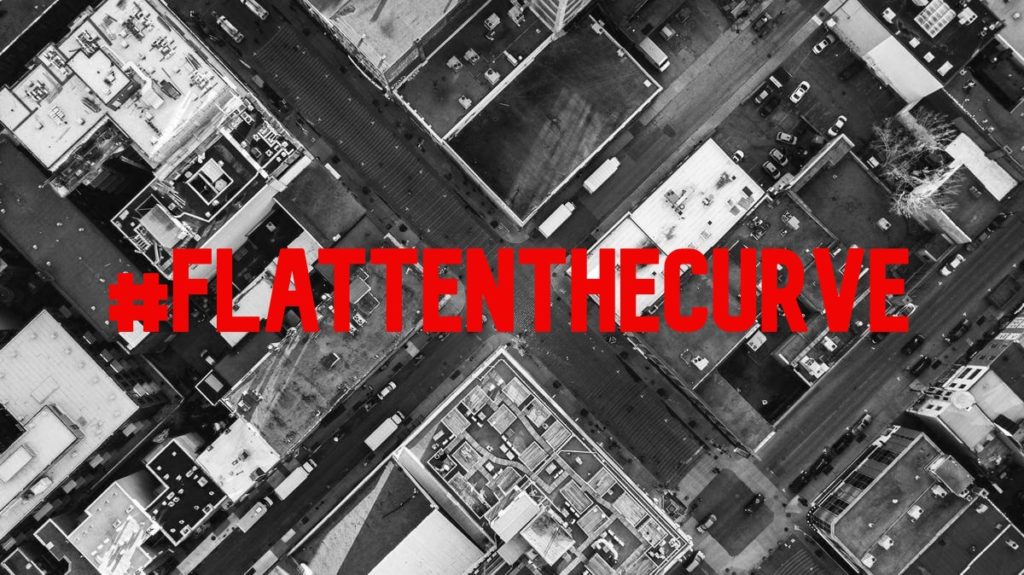Accessibility
Digital learning spaces are not new to my students. I use them all the time to create a workflow with my students, encourage collaboration, store carefully-curated resources to help students get the most out of the lesson, and to create more equitable learning for a very diverse population of students who have so many different needs.
But, now that we are going to online-only learning, I’m learning that some students need a LOT more support accessing and navigating my online classroom, even though they are familiar with it. Some students are accessing it on cellphones and finding issues loading or interacting with some resources. Other students are only visiting my Google Classroom feed and not following the directions to go to the workspace. Other students are sharing technology with siblings and don’t have as much time with their technology as others do. And some are tasked with babysitting or other jobs during the shutdown so they are not able to devote much time on some days to learning.
When kids are struggling to access learning, they may get frustrated and give up, so I’ve made a few tweaks to make the lesson more accessible:
- Make the resources phone-friendly, whenever possible. Offer options for those resources that aren’t.
- Offer choices in the assignment so students can self-select the things that work best for them. For example, my students are creating coronavirus information posters to combat some of the misinformation going around. They are using PixlrX, an online photo-editing app. Students who are accessing the workspace with a phone could use another app that might be more phone-friendly, like Canva, to create their posters. Another option might be to create posters with markers and collage, for students who only have a few moments to get online and get instructions.
- Update student information daily, on all platforms. My students access my online classroom through Google Classroom, then follow a link to our Hapara Workspace. I posted instructions on Google Classroom for students to go to the workspace daily, then noticed a dropoff when I didn’t update Google Classroom. Now I update Google Classroom every day, even if the instructions are simply to go to the Hapara Workspace link.
- Have more open-ended lessons instead of hard deadlines. One thing I love about Hapara Workspaces is the ability to put students into groups and allow access to groups as they move through the workspace. Rather than having a deadline to meet, students work toward access to the next step. This way, students aren’t penalized for not being able to log in daily, but those who can can move ahead at their own pace.
- Make accommodations available to everyone. Now that students are learning at home, tools like extra scaffolding materials, English language assistance, or opportunities to check in with the teacher via Google Hangouts could be very helpful to students and their parents, who may be helping them learn at home.

While these considerations are becoming very evident during this time when everyone has to learn at home, it drives home the point that in order to be independent learners, our students need to be given the tools to do so, no matter where they’re learning. When we return back to the classroom, I think I will keep these changes permanently, to ensure that all my students are empowered to learn on their own steam.